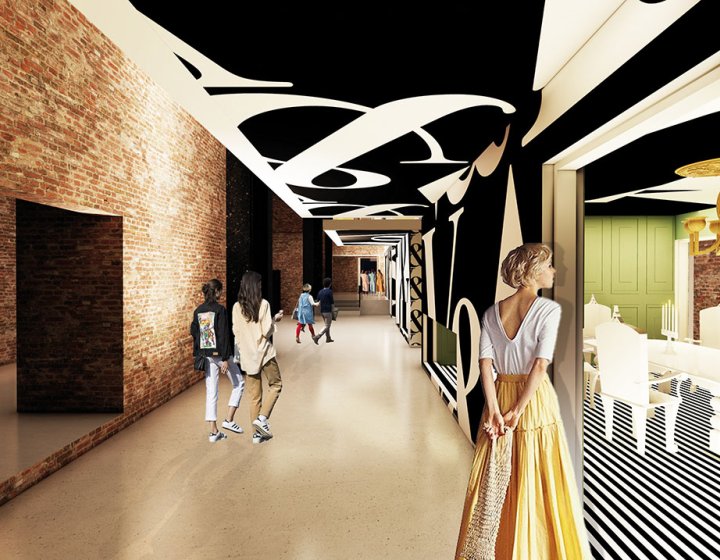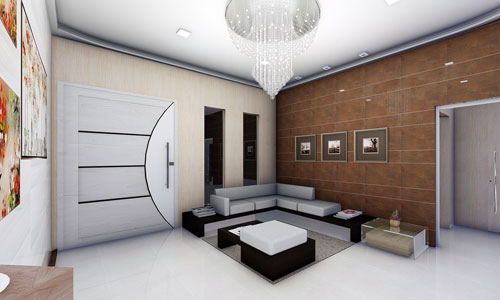Gorgeous Countryside Homes Interior Design for Nature-Inspired Living
Gorgeous Countryside Homes Interior Design for Nature-Inspired Living
Blog Article
Making The Most Of Visual Charm: The Synergy Between Interior Design and Home Designer Methods
Comprehending the subtle interaction between interior decoration and home design can considerably raise the aesthetic appeal of a living room. This marriage of design techniques involves a thoughtful integration of building components with interior designs, and a competent application of concepts such as contrast, equilibrium, and rhythm. As we explore this synergy, we will uncover ways to develop useful and visually striking environments that not just show individual design, however additionally adapt to the dynamic needs of modern living.
Comprehending the Basics: Specifying Interior Design and Home Architecture
Interior style and home architecture, typically linked, stand for the architectural and aesthetic facets of our living rooms. Interior style is a diverse self-control that entails creating practical, safe, and aesthetically pleasing rooms inside a structure. On the various other hand, home architecture primarily concentrates on the strong framework of a structure.
The Harmony Clarified: How Interior Decoration and Home Design Intersect
Comprehending the harmony between interior decoration and home architecture can unlock a globe of imagination and performance. When reviewing this junction, the influence of design on insides is an essential facet to consider. This conversation will concentrate on the unifying design principles that blend these two areas into a harmonious whole
Unifying Layout Principles
While it may appear that indoor style and home style are 2 distinct self-controls, they are in fact deeply interconnected, forming a harmony that is essential for producing unified living areas. Unifying style concepts are the columns that facilitate this symbiosis. In significance, these principles serve as the bridge, unifying interior style and building practices.
Architectural Influence on Insides
When one takes into consideration the architectural impact on interiors,The intertwining of indoor layout and architecture comes to be even extra noticeable. Building elements are inherent to an area's performance and looks, forming the design from the start. Columns, beams, arches or stairs, for example, offer both architectural and ornamental purposes. They can separate rooms, develop centerpieces or imbue an area with a certain vibe. Consideration of proportion, light, and structure likewise stem from building impacts. Eventually, style mold and mildews the canvas upon which interior developers function. Their synergy is hence indisputable: architecture develops the framework, which interior style boosts with style, structure, and shade. This symbiotic connection ensures an unified balance between function and appeal, optimizing the visual allure of any type of area.
Key Concepts in Balancing Interior Design and Home Architecture
Striking a balance in between capability and looks is a basic facet of balancing interior decoration and home architecture. An equally crucial concept is the integration of sustainable layout to create energy-efficient and environment-friendly homes. Lastly, understanding and exploring various architectural styles can additionally play a crucial duty in accomplishing a harmonious style.

Stabilizing Functionality and Looks
Balancing functionality and appearances in indoor layout and home style emerges as one of the vital concepts to think about. Aesthetics boosts the state of mind and impacts the assumption of area, whereas performance ensures functionality and comfort. Just as important is the efficient plan of the space, with a well-planned format contributing considerably to the synergy between functionality and aesthetic appeals.
Sustainable Layout Combination
In maintaining the balance between functionality and appearances, one need to likewise consider the integration of sustainable design concepts. This method not only improves the aesthetic appeal of an area yet additionally guarantees its long life and decreased environmental impact. The key lies in picking materials that are green, sturdy, and appealing. This consists of natural, recycled, or low-impact products that add to a much healthier and extra sustainable world. Designers and engineers can additionally integrate energy-efficient systems, such as energy-saving appliances or solar panels. Furthermore, guaranteeing excellent interior air top quality through adequate all-natural illumination and air flow is important. Consequently, an unified combination of indoor design and home architecture, assisted by sustainability, can develop spaces that are beautiful, useful, and eco-friendly.
Discovering Building Styles
While there are a wide variety of architectural designs to discover, it is essential to comprehend that each one lugs its special principles that can significantly influence the harmonization of interior decoration and home design. These designs, varying from the elaborate Baroque to the minimalist Modernist, carry unique philosophies and visual appeals that, when correctly understood and utilized, can develop homes that are not only visually sensational however additionally sympathetically integrated in terms of style and architecture. Picking a building design is not just concerning individual visual choice; it is concerning choosing a style language that talks to the home owner's way of life, ideology, and desires, creating a home that is a true representation of its residents.
Situation Researches: Extraordinary Instances of Layout and Architecture Synergy
Exploring some phenomenal study supplies an extensive understanding of how design and style can sympathetically merge to create practical and engaging spaces. The legendary Fallingwater residence, developed by Frank Lloyd Wright, remarkably shows this harmony. Wright's style masterfully integrates the residence with its surrounding landscape, while the interior mirrors the exterior's organic kinds. One more instance is the minimalistic Tadao Ando's Church of Light in Japan. The designer accomplished a perfect balance in between simpleness and drama, using raw concrete and light. Inside, the stark, marginal layout produces a feeling of harmony and spiritual reflection. These instances show the importance of harmony in between indoor style and style in accomplishing practical and visual success.
Practical Tips: Enhancing Your Home's Aesthetic Charm
Drawing ideas from the instance research studies of architectural and style synergy, homeowners as well can apply some functional methods to increase their home's aesthetic allure. An unified mix of shades, structures, and lighting can improve a helpful resources space, creating a cozy and inviting ambience. Inevitably, the visual allure exists in balancing functionality with design, creating a home that is both habitable and stunning.

Future Patterns: Just How Modern Techniques Are Changing Interior Design and Style
As the world develops, so do the trends in interior decoration and architecture. Modern methods are progressively concentrating on sustainability, integrating eco-friendly products and energy-efficient designs. Innovation plays an essential function, with wise homes becoming the norm, integrating AI and IoT for boosted performance. Additionally, minimalism continues to gain traction, stressing simplicity, performance, and clutter-free rooms. This is often coupled official website with biophilic design, drawing ideas from nature and advertising well-being. The pandemic has accelerated the requirement for flexible, multi-purpose rooms, obscuring the lines between job and home. These trends show a shift in the direction of styles that are not just aesthetically pleasing, yet likewise environmentally conscious, technologically progressed, and adaptable to altering lifestyles.
Conclusion
In verdict, the combination of interior design and home design techniques is a dynamic method to improving aesthetic appeal. By leveraging essential principles like comparison, rhythm, and equilibrium, and incorporating elements of contemporary living, developers can create flexible, aesthetically pleasing atmospheres. Through understanding this harmony, house owners can make educated decisions that not only elevate their space but also contribute to their general well-being.
Recognizing the refined interplay in between indoor layout and home design can significantly elevate the aesthetic charm of a living space.Indoor layout and home style, commonly intertwined, represent the architectural and visual elements of our living spaces.While it may appear learn the facts here now that indoor layout and home design are 2 distinctive self-controls, they are actually deeply interconnected, developing a harmony that is essential for creating unified living areas.The intertwining of interior design and design becomes even more apparent when one thinks about the building impact on interiors. An unified blend of indoor design and home architecture, assisted by sustainability, can produce rooms that are attractive, functional, and ecologically pleasant.
Report this page